Phil Spencer on valuations
It’s becoming the norm, but, when inaccuracies in measuring abound, is valuation on the basis of square feet sensible?


One of the measures employed to value property has notably changed over the past few years. Blame all those foreign buyers, who re used to thinking in terms of square feet (or metres), rather than following that good old British tradition of counting the number of bedrooms. But are we setting too much store by size? Estate agents commission floorplans from specialist floor plan companies, of which there are many nowadays, but results vary in both quality and diligence. Why? Is it a wonky tape measure, wonky maths or wonky ethics? Take my own home, a semi-detached late-Victorian house in south-west London. As a test, I asked three local floorplan firms to measure it. It s not an especially complicated property, with no nooks and crannies, odd-shaped rooms or peculiarities that could lead to discrepancies. Yet all three reached varying estimates of how large it was. The difference between the biggest and smallest was 100sq ft the equivalent of a small room or about 4% of the total square footage. Given that houses in the street have been selling at about £700 per sq ft, that would mean a difference of £70,000. The discrepancy, it transpired, was due to differing policies on whether or not to include a walk-in wardrobe or a utility room. If I were selling, I would have wanted them included, but as I can t sit or sleep in either, their value is limited. In fact, the difference was quite modest. As a buying agent, I ve seen a variance of as much as 10% for one property in different brochures. A particularly blatant example was a London riverside penthouse flat I was shown last year, which, according to the sales particulars, measured 3,100sq ft. This was odd, as, when it was built in 2000, it was only 2,800sq ft and the owners could not, by definition, have converted the basement or extended into the roof. When challenged, the company said its policy was to include void areas. The flat had double-height ceilings with mezzanine levels and open areas to the side of staircases, which had been included in the square footage; so had a storage room deep down in the underground car park. Given that the flat was priced at £1,000 per sq ft, this made a difference of £300,000. After some fraught negotiations, £250,000 was shaved off the price, and our client cheerfully moved in. We acted for another purchaser last year who wanted to buy a detached modern house near Kingston upon Thames, Surrey. Three sales-agent particulars came up with different sizes from 5,100sq ft to 5,500sq ft (a variance of 400sq ft or 7.2% of the total). The asking price of the house was £2.5 million, which meant, at £454 per sq ft, a discrepancy of £181,600. The market was very hot at the time, and, although the vendor acknowledged the discrepancy, he continued to demand the full asking price. Our client reluctantly paid. No prizes for guessing which measurements he ll use when he sells. Even today s high-tech measuring devices leave room for user error , and, despite the Royal Institution of Chartered Surveyor s code of measuring practice, without stricter industry regulation, mistakes are made, which some people unwittingly pay for. This is a ridiculous state of affairs. Measurements should be a statement of fact. The solution would be for everyone to agree what s being measured: external, gross internal or net internal? Some firms include boot rooms, roof terraces, hallways, wine cellars, staircases, storage facilities and even outbuildings in the overall total living space. Others measure deep into eaves, fitted wardrobes or alcoves. And even when the methodology is clear, how many buyers check how accurate the plans are? Sometimes, people are paying for tens of thousands of pounds of space that doesn t exist or isn t useable. A well-proportioned six-bedroom family house in Oxfordshire with a couple of reception rooms, a study and a playroom will be about 4,000sq ft. If it was worth £450 per sq ft, and there was a 10% variance in total measurement, this would equate to a difference in valuation of £180,000. This could come to light when the house is next sold and accurately measured. When prices are rising, this is a risk some may be prepared to take. But if, as now, the market is wobbling, it could be more of a cause for concern. And in any case, even if we suppose these square feet have been accurately measured, is size actually that important? It may be the dominating factor if you re a buy-to-let investor comparing flats in a new development, but things aren t always that simple. Property in Britain comes in such a vast range of architectural styles that a pound-per-sq-ft calculation is never going to be as applicable here as in other parts of the world. How can you compare a Devon long house, a Cotswold manor house or a Kentish farm house square foot by square foot? For there to be any relevance, you need to compare apples with apples and pears with pears. Quite apart from the accuracy problem, there s so much more to a property s value location, condition, character, layout, aspect, privacy, land. Just think of all that when you see the agent reaching for the tape measure. For more advice, visit www.garrington.co.uk
Sign up for the Country Life Newsletter
Exquisite houses, the beauty of Nature, and how to get the most from your life, straight to your inbox.
Country Life is unlike any other magazine: the only glossy weekly on the newsstand and the only magazine that has been guest-edited by HRH The King not once, but twice. It is a celebration of modern rural life and all its diverse joys and pleasures — that was first published in Queen Victoria's Diamond Jubilee year. Our eclectic mixture of witty and informative content — from the most up-to-date property news and commentary and a coveted glimpse inside some of the UK's best houses and gardens, to gardening, the arts and interior design, written by experts in their field — still cannot be found in print or online, anywhere else.
-
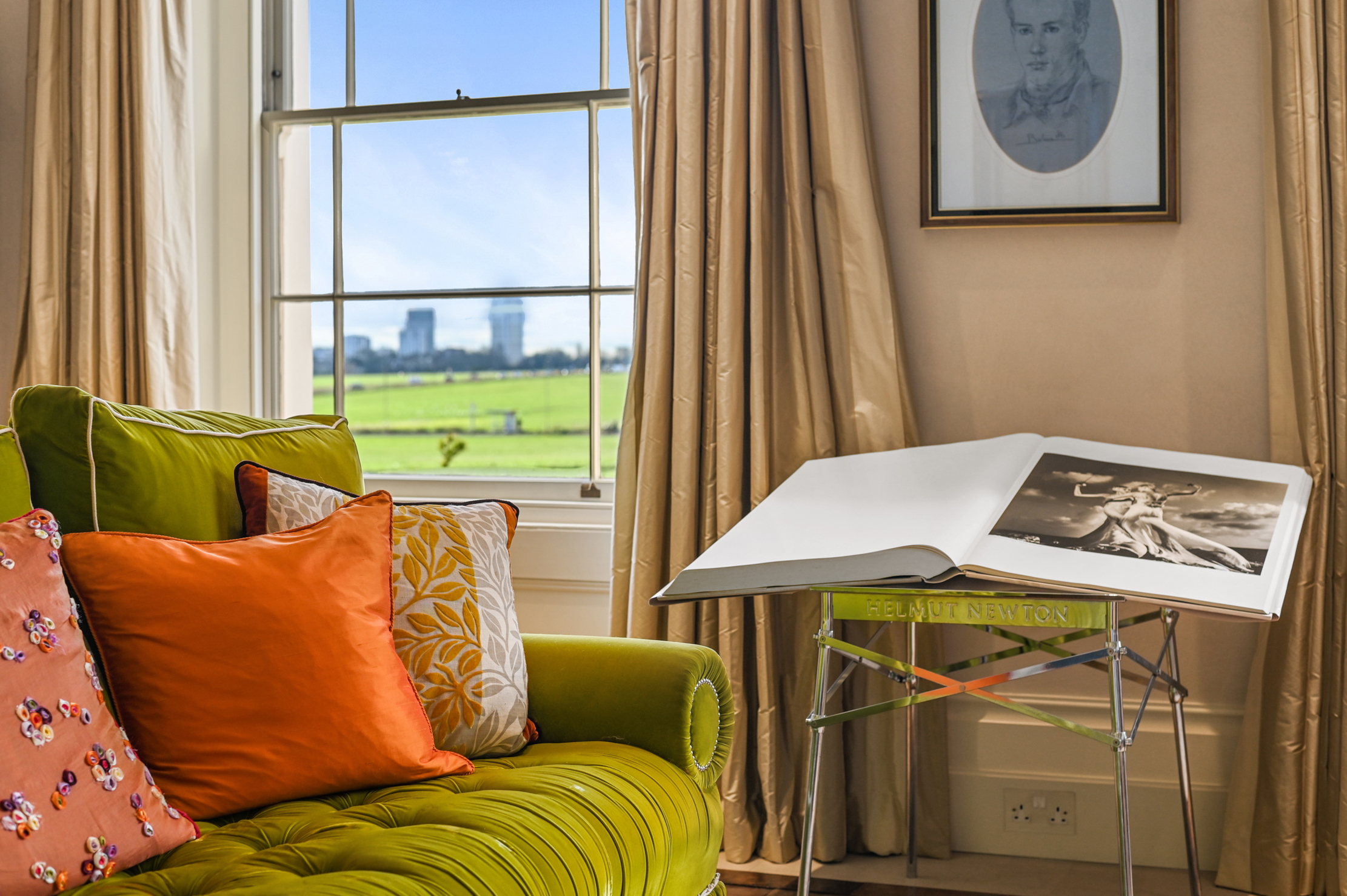 A rare opportunity to own a family home on Vanbrugh Terrace, one of London's finest streets
A rare opportunity to own a family home on Vanbrugh Terrace, one of London's finest streetsThis six-bedroom Victorian home sits right on the start line of the London Marathon, with easy access to Blackheath and Greenwich Park.
By James Fisher Published
-
 Materials, textures, construction, expression: A Brutalist watch on your wrist
Materials, textures, construction, expression: A Brutalist watch on your wristLuxury watchmakers are seeking to bridge the gap between two contrasting styles, with exciting results.
By Chris Hall Published
-
 What to expect when you're expecting (to move to the countryside)
What to expect when you're expecting (to move to the countryside)On March 28, agents Michael Graham will be showcasing some of their best countryside properties at their west London office.
By James Fisher Published
-
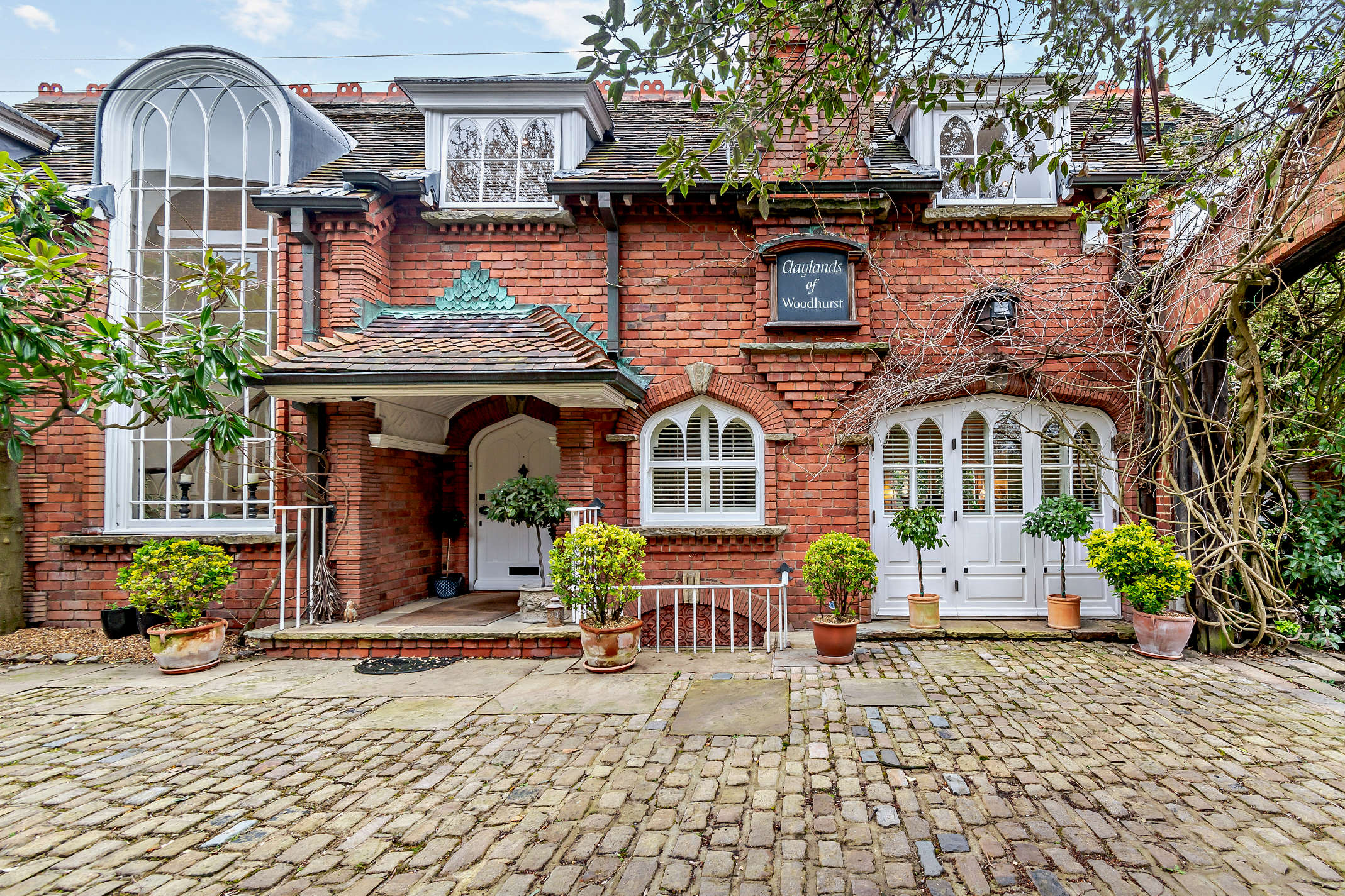 Property Talk: When is the right time to downsize?
Property Talk: When is the right time to downsize?Sometimes our homes can get too big for us, meaning it’s time to downsize. Here, we speak to those involved with the process.
By James Fisher Published
-
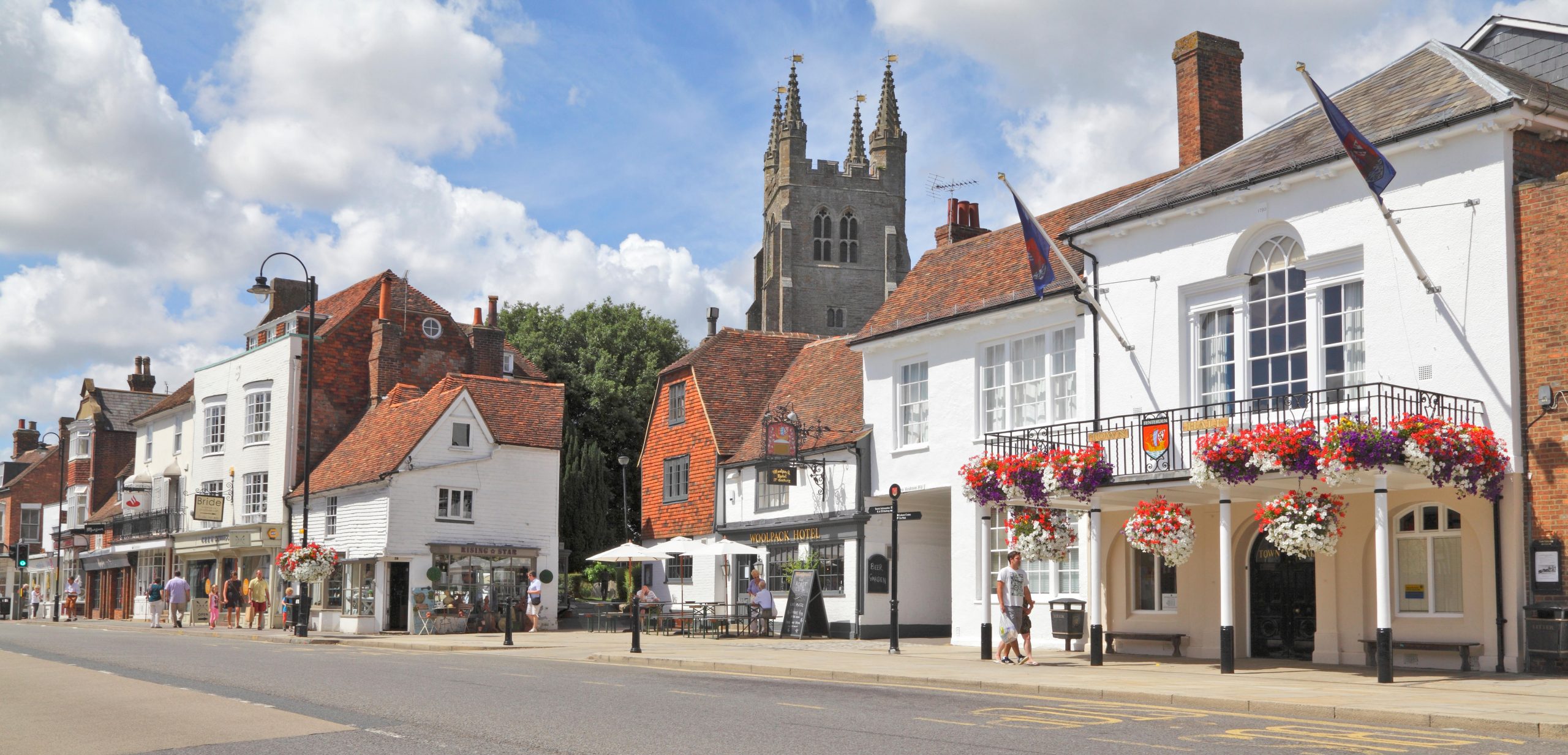 How to win in the property market: Tips from some of Britain's best buying agents
How to win in the property market: Tips from some of Britain's best buying agentsWhether looking for the perfect family home or negotiating on price, buying agents do the heavy lifting–and are well used to analysing the market. Carla Passino gets advice from a few of the best.
By Carla Passino Published
-
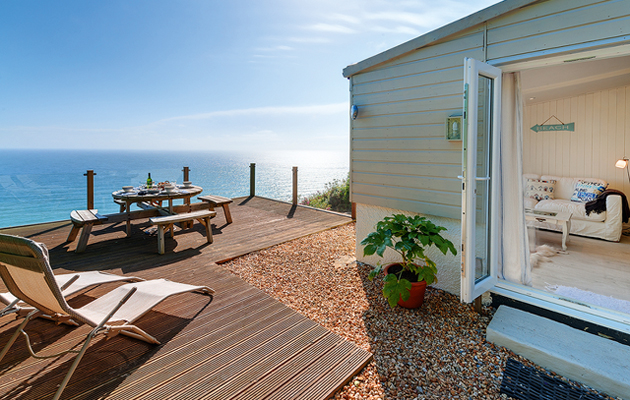 Top tips on renting your holiday home
Top tips on renting your holiday homeThe holiday-home market on the Cornish coast looks set for a lively summer. Arabella Youens finds out how to make the running costs bearable.
By Arabella Youens Published
-
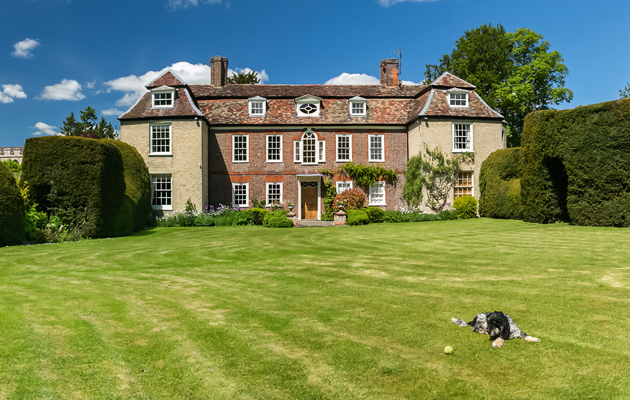 Tips and advice for holiday home owners
Tips and advice for holiday home ownersWith the start of the summer season nearly upon us, more and more country-house owners are dipping into the short-let scene.
By Country Life Published
-
 Property guide to Elstead
Property guide to ElsteadFreddie Mack shares the secrets of Elstead in Surrey, a prime spot for young families looking for properties outside London near good schools
By Country Life Published
-
 Property guide to Cheriton
Property guide to CheritonIf you're considering buying property in or around Cheriton this year, take a look at our property guide which covers where to buy, what prices to expect and where to have fun in the area
By Country Life Published
-
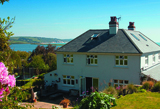 Make your holiday let work for you
Make your holiday let work for youIf you're considering renting out your holiday property prepare by reading this first
By Country Life Published
